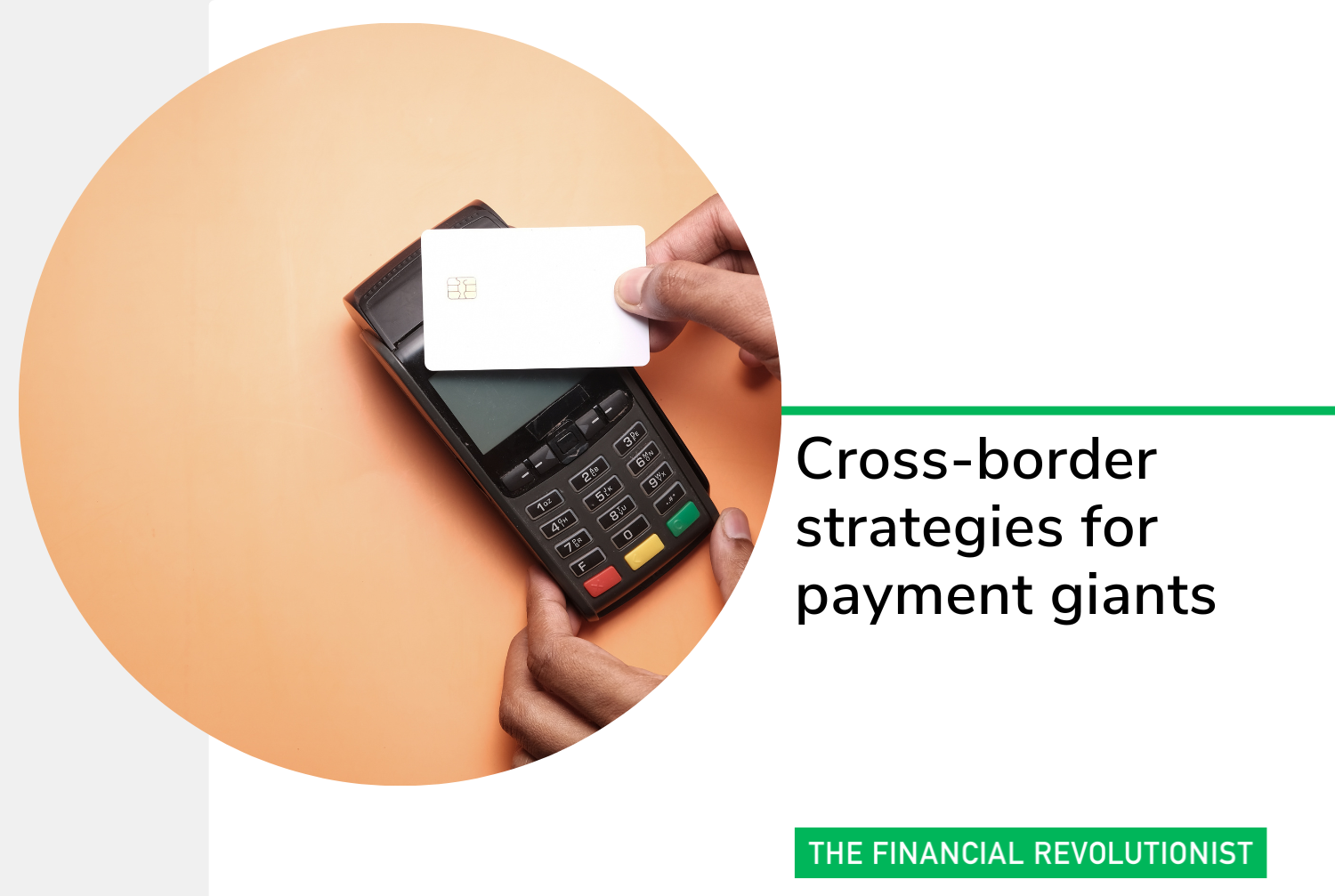Cross-border strategies for payment giants
/Last week, Mastercard announced a tie-up with China-based Alipay. The partnership lets Mastercard’s bank, fintech, and corporate clients connect to Alipay e-wallets.
The move is a straightforward win for Mastercard, offering a gateway to more than 1 billion user wallets. It expands the payment giant’s footprint, especially in China, and also opens pathways to users in remote and/or underbanked areas. Deepened engagement with Alipay users could let Mastercard function as a financial marketplace, reaching those users with other financial services.
While the partnership is a win, it’s also a necessity. Remittances continue to serve as a backbone of globalized economies; with many immigrant workers making a living through gig-economy platforms, remittances increasingly begin with digital payments, rather than a cash transfer. This enables players like Mastercard to intervene and offer efficiencies where more traditional remittance services cannot.
“That roadmap of making sure that we can service every single kind of payment to any endpoint — that’s what we’re working really hard on at this very moment,” Alan Marquand, Mastercard’s Head of Transfer Solutions, said in a recent interview.
How might Visa respond to Mastercard’s leg up? Crucially, both Mastercard and Visa already had ties to Alipay, as well as its competitor. Last year, Alipay and WeChat—owned by Tencent—announced that visitors to China could link their Visa and Mastercard accounts to the Chinese apps’ mobile wallets in order to make payments inside the country.
With Mastercard opting to make its latest tie-up with Alipay but not Tencent, might Visa opt to partner with Alipay’s competitor?





